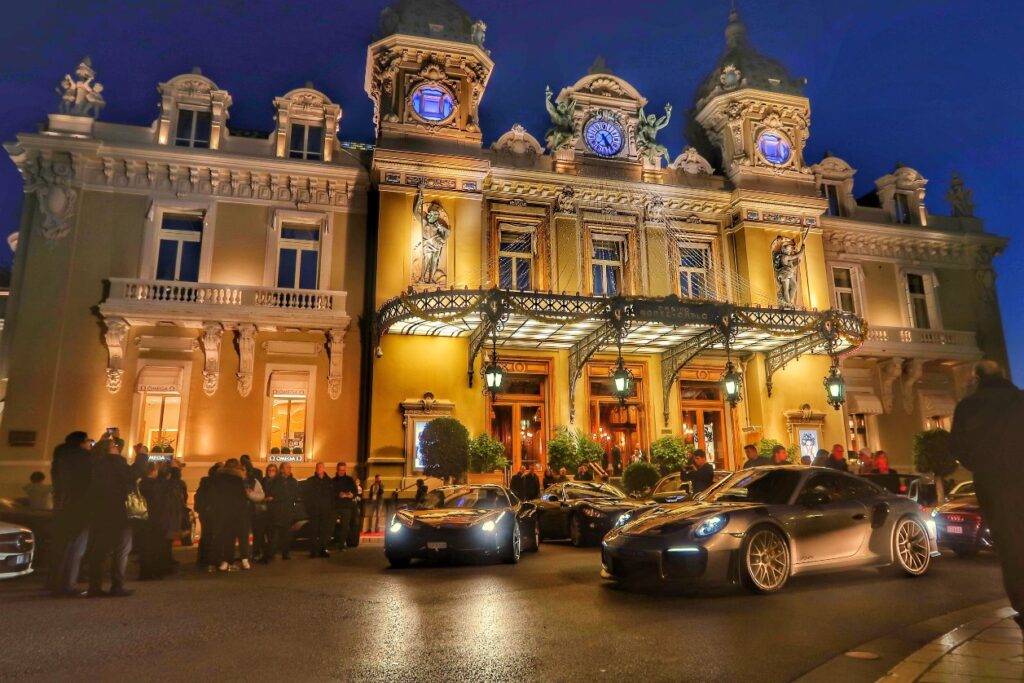Within the dynamic and exciting world of casinos, wherein luck and strategy intertwine, hues and aesthetic play a critical role in attracting gamblers. From the moment visitors step inside a casino or access a gaming platform, they are enveloped in a sightly feast that captures their attention and entices them to discover more. Vivid colors, engaging graphics, and innovative layouts are meticulously crafted to create an atmosphere of excitement and anticipation, ultimately enhancing the gaming encounter.

As gamblers navigate through the ever-changing landscape of casino games, they encounter a range of designs that not only serve aesthetic purposes but also influence feelings and choices. Colors like scarlet and gold symbolize riches and fortune, while calm navy and greens can create a much relaxed environment. Grasping how these elements work together allows casinos to create an welcoming and stimulating atmosphere that encourages players to interact with the games, invest more time at the tables, and boost their overall enjoyment.
The Science of Color in Gaming Establishments
Tint plays a critical role in the development of gambling games, influencing player emotions and actions. Vivid and striking colors, such as red and amber, are often used to ignite enthusiasm and draw focus. These colors create a feeling urgency and dynamism, encouraging gamblers to participate more enthusiastically with the experience. By intentionally selecting tints, developers aim to elicit feelings of satisfaction and anticipation, which can enhance the complete game experience.
Distinct colors also have psychological connotations that can influence how players perceive their chances of success. For instance, green is commonly associated with luck and abundance, making it a popular choice in games like the roulette wheel and poker games. This association can cause participants to feel more positive and assured in their gameplay, ultimately inspiring them to bet more. Understanding these connections allows game designers to craft environments that enhance player enjoyment and loyalty.
Furthermore, the interface of gaming interfaces often uses blended colors and opposing colors to guide players’ responses. For case, winning outcomes may be emphasized with striking, contrasting colors, creating a visual cue. This method reinforces successful results and supports repeated engagement. By utilizing color psychology, gaming venues can design activities that not only draw players but also keep them involved and dedicated in their gaming experience.
Design Features that Engage Gamers
The aesthetic appeal of gambling games is largely influenced by the use of bold colors. GA179 Bright and striking colors are strategically chosen to create an appealing atmosphere that captures attention. For instance, reds and golden hues often signify good fortune and prosperity, which is why they are prevalent in the palettes of slot machines and game surfaces. These colors not only attract players in, but they also stir emotions related to excitement and anticipation, enhancing the total gaming experience.
In addition to color, the aesthetic and layout of casino games play a significant role in captivating players. Games are designed to be intuitive, ensuring that players can quickly understand the guidelines and mechanics. Accessible interfaces, along with captivating graphics and motion, help maintain player interest and promote extended play sessions. The tactile elements, such as the texture of the buttons and the audio of the games, also contribute to a holistic sensory experience that keeps players engaged.
Finally, thematic elements in gaming design can significantly influence player choice. Many casino games are inspired by popular culture, fairy tales, or exploration motifs, incorporating symbols and characters that resonate with players. These themes create a sense of immersion and connection, making each game feel unique. When players feel a bond to the concept, they are more likely to choose that game over others, leading to increased participation and enthusiasm within the casino environment.
Case Studies: Notable Casino Table Game Designs
One key example of effective gambling game design is the well-known slot machine series themed around hit movies. Games such as those based on the Wizard of Oz and Game of Thrones utilize vibrant colors and high-quality graphics to enthrall players in well-known narratives. The employment of moving visuals and engaging sound effects takes the attention of players, building an psychological connection to the theme. This approach not just fosters longer play but also improves the overall gaming experience, yielding increased player retention.
Another successful case is the application of color psychology in table games like 21 and roulette. Casinos often design these games with deep reds and greens, colors traditionally linked with luck and wealth. For instance, the emerald felt on a blackjack table provides a calming effect, while the red accents in roulette invite excitement. This thoughtful use of color helps to create an inviting atmosphere that motivates players to engage, satisfying their psychological impulses and increasing their enjoyment.
Finally, online casino games that incorporate community features and bright, dynamic designs have achieved remarkable success in engaging players. Games like Zynga’s Poker and Slotomania leverage bright colors and playful animations to create an inviting online environment. The addition of leaderboards, community sharing options, and in-game rewards fosters competition and community, drawing players in for longer sessions. Such designs merely make the games visually appealing but also highlight social interaction, a vital factor in player retention and engagement within digital casino environments.

